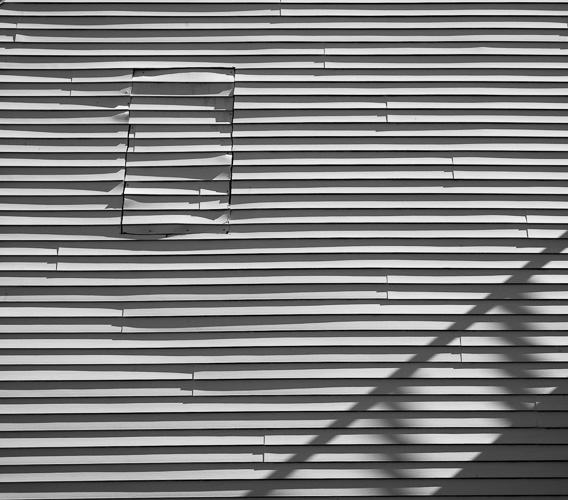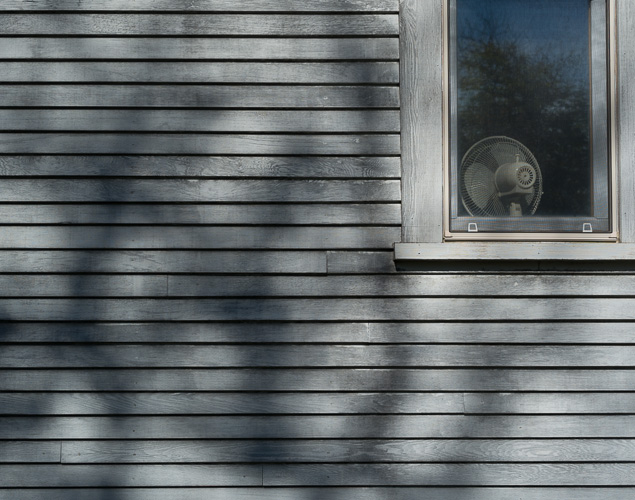Size and weight One eternal virtue for a travel camera is small size and light weight. The M240 is smallish by DSLR standards, and the lenses are much smaller than the best-performing DSLR lenses. Weight is not so clear-cut. An M240 with strap, battery, SD card, RRS grip and plate, 18mm Super-Elmar, hood, lens cap,… [Read More]
Archives for October 2013
Traveling with the Leica M240, part 5
Ray-angle problems Because of the short flange distance of the M-series Leicas, there have been difficulties with situations where the light from the lens intercepts the sensor at angles greatly different from ninety degrees. This occurs at the edges (normally mostly the short edge) and corners of the image, and can be pronounced for short… [Read More]
Traveling with the Leica M240, part 4
Frame lines The finder frame lines in the M240 are illuminated from within the camera, rather than from a window cut into it. That means that they don’t dim when a shadow falls over the window. Good. That means that they can be white or red (I like red). Also good. That also means that… [Read More]
Traveling with the Leica M240, part 3
Moire I’ve been making images for a year with the D800E, and moire is almost never a problem. With no anti-aliasing filter, cameras like the D800E and the M240 tend to have more moire as the pixels get larger and the lenses get sharper. The M240 has a 6 micron pixel pitch compared to the… [Read More]
Traveling with the Leica M240, part 2
The EVF The biggest difference between the M240 and its Leica predecessors is live view and the electronic viewfinder, so I’ll start there. First off, let me say that I consider them inseparable in most circumstances – you can’t use an EVF without live view, and there aren’t many times when you’d prefer to look… [Read More]




